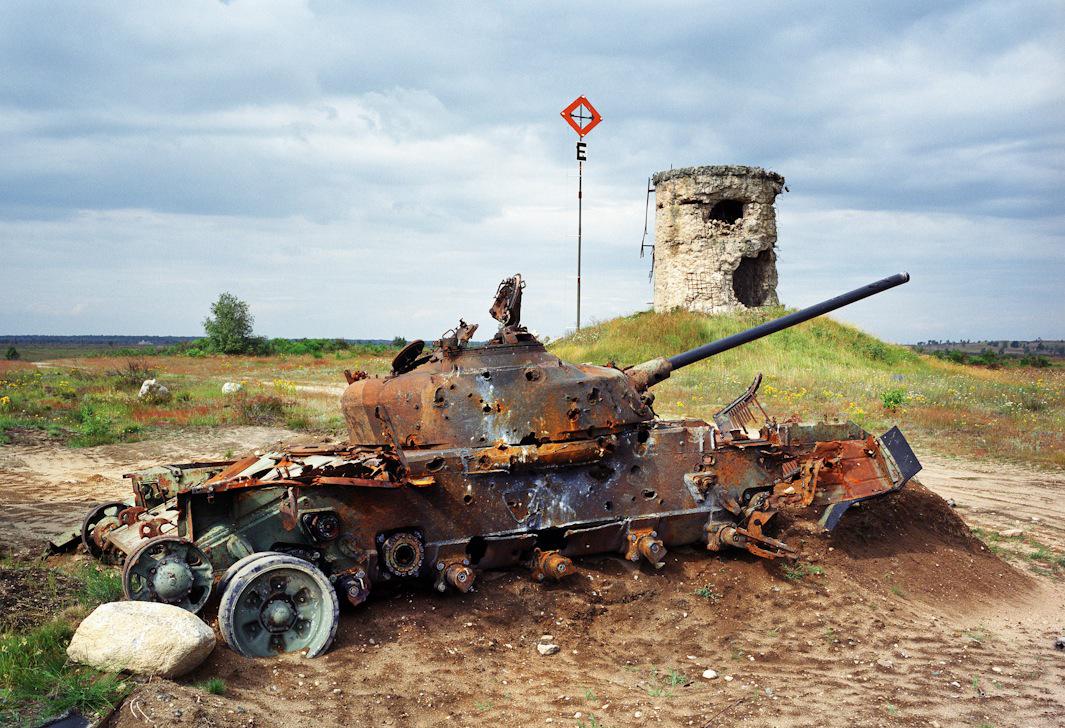The Cold War is over, but signs of it still exist all over Europe. In the course of more than a decade, Martin Roemers traveled to hundreds of locations in 10 countries photographing the often abandoned and decaying underground tunnels, barracks, monuments, and other structures that remain decades since the war’s end. “It was a strange conflict. There was no fighting, but it left its mark in Europe and you can still see it even today,” Roemers said.
As the arms race escalated and countries on both sides of the Iron Curtain braced for conflict, various structures were built to house troops and weapons. Some of those structures Roemers photographed, however, were not new—they were repurposed from prior conflicts. “These locations have a history,” he said. “A location in Germany was also used in World War II and also in the times of World War I and before that. The Kaiser of Germany had his army there and the Nazis had their troops there and the Russians came and they took over this location.”
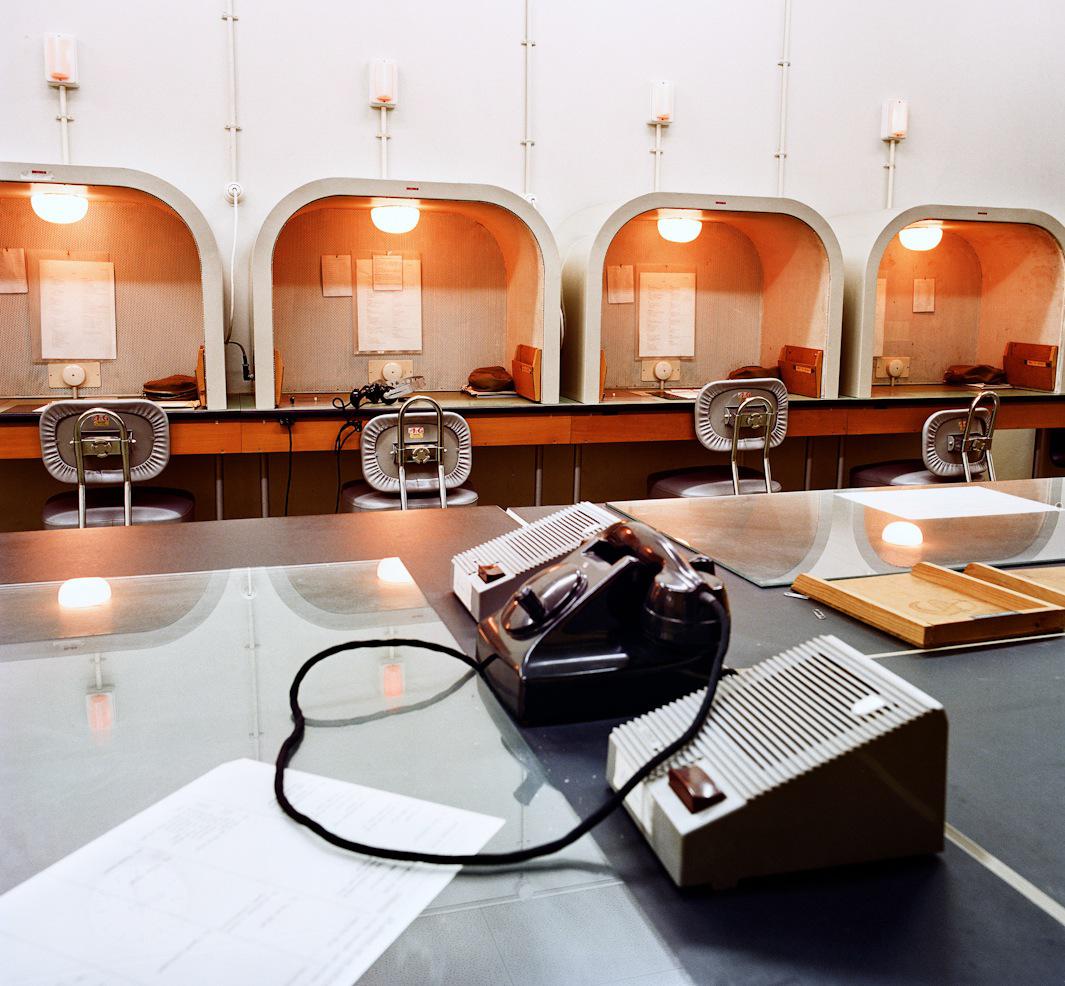
Martin Roemers, courtesy of Anastasia Photo

Martin Roemers, courtesy of Anastasia Photo

Martin Roemers, courtesy of Anastasia Photo
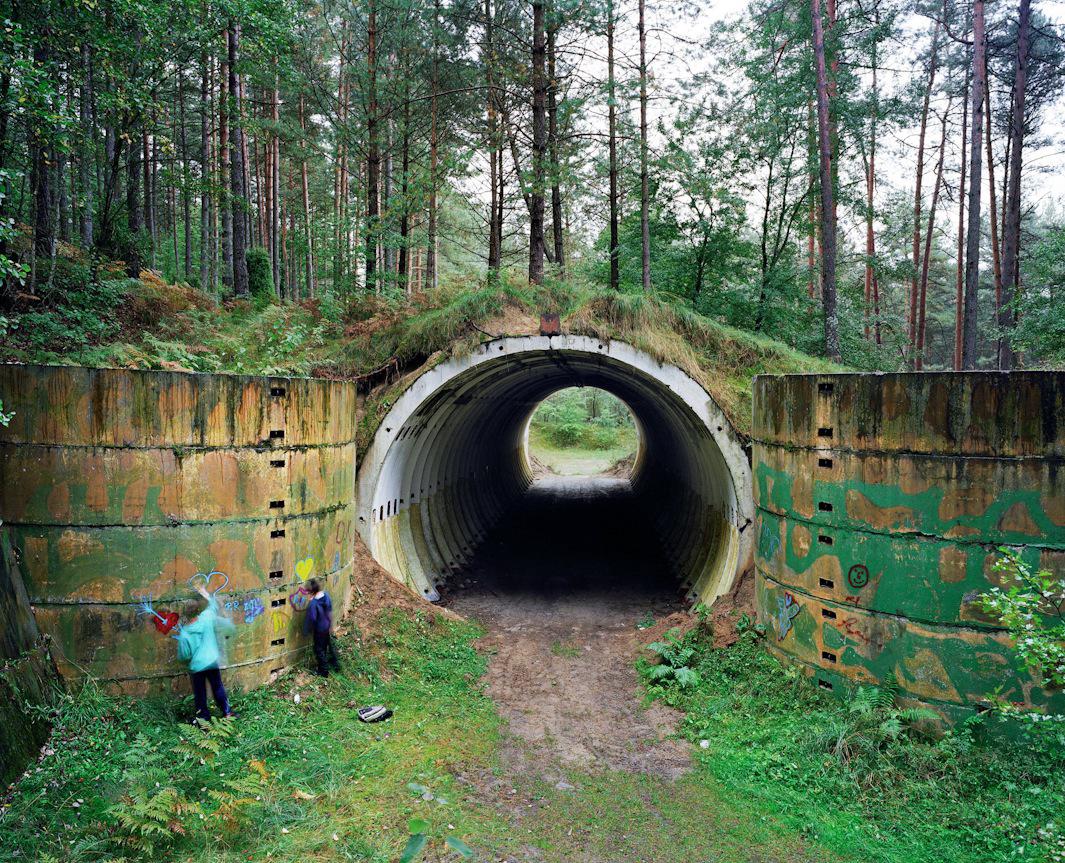
Martin Roemers, courtesy of Anastasia Photo
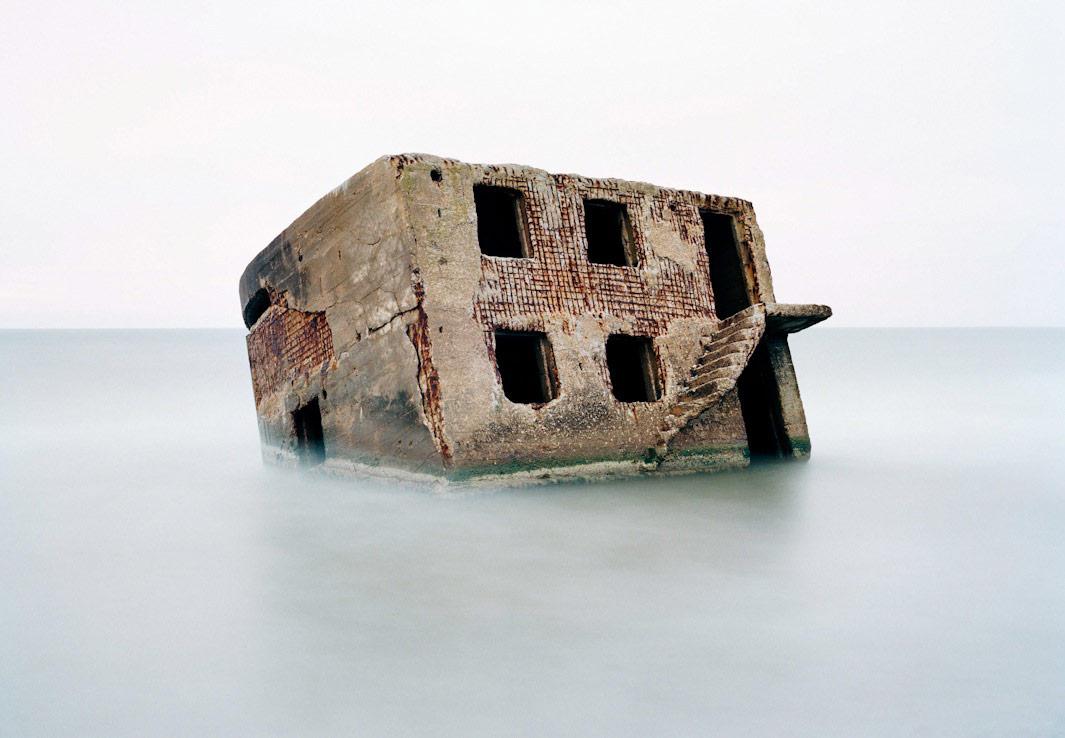
Martin Roemers, courtesy of Anastasia Photo
Years after the Cold War is over, many of those structures are abandoned and decaying, but they still stand. Why? “They’re in nobody’s way actually. You could get rid of them but it would cost lots of money so they let them stand there. Underground locations are also deserted, but perhaps if there were another conflict in 20 or 30 years, then they could open again and still be functional,” he said. “You never know what’s going to happen.”
Many of the locations had not changed at all. But not all of them were untouched. “I found a very interesting bunker complex of the Soviet Army very close to the Kremlin in Moscow. The funny thing is now this bunker is open to the public. They use it for parties. So that’s kind of weird,” he said.
Getting access was often difficult, as it was hard to determine who owned the structures that Roemers wanted to photograph. Sometimes they were still owned by the state, other times they were owned by a private company. A few times, Roemers couldn’t get permission, so he climbed over a wall to get in.
In Kaliningrad, Russia, Roemers was photographing what he thought was an old, deserted military building, when he came upon two Russian soldiers lying on the ground outside drinking beer. “I tried to go back to my car, but it was too late. I was seized by two guards and taken to a Russian Army barracks. There was an FSB officer and he gave me a very long interrogation about what I was doing there,” he said. “In the end they let me go but I lost my film. I wasn’t happy, of course. It was a little Cold War—but in 2002.”
Roemers’ photographs are published in the book, Relics of the Cold War. An exhibition of his photographs is on display at Anastasia Photo until Sept. 10.
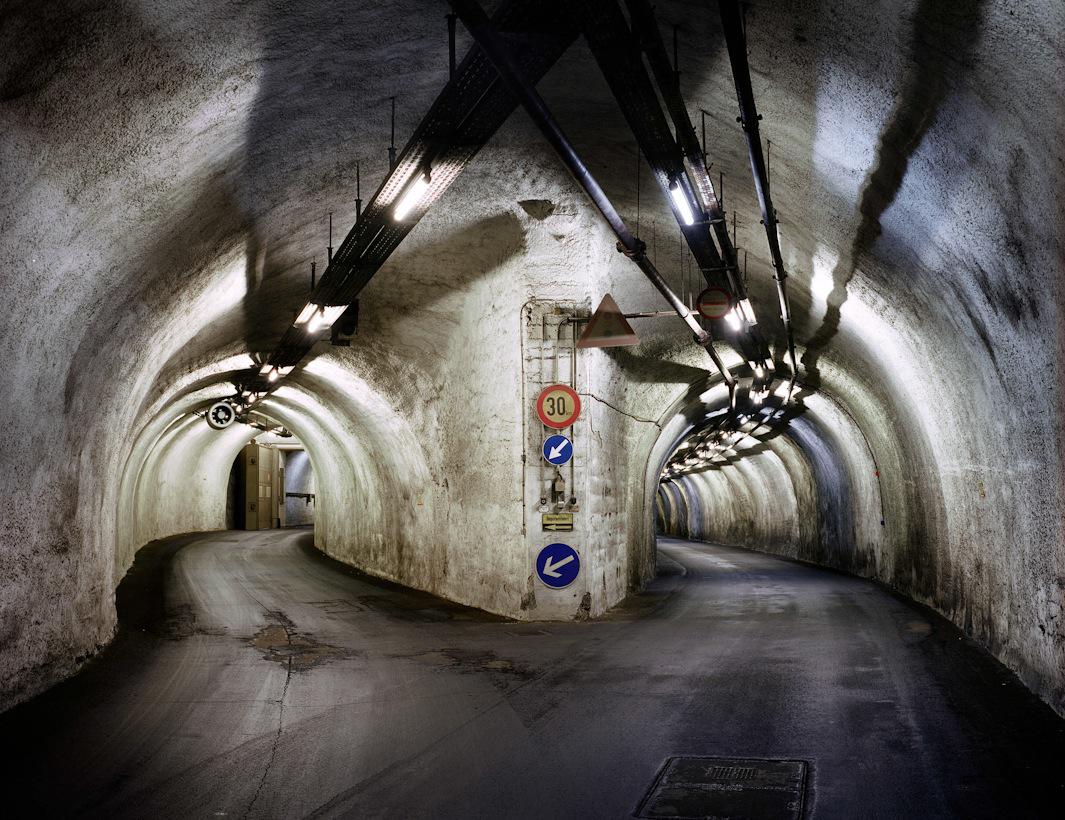
Martin Roemers, courtesy of Anastasia Photo
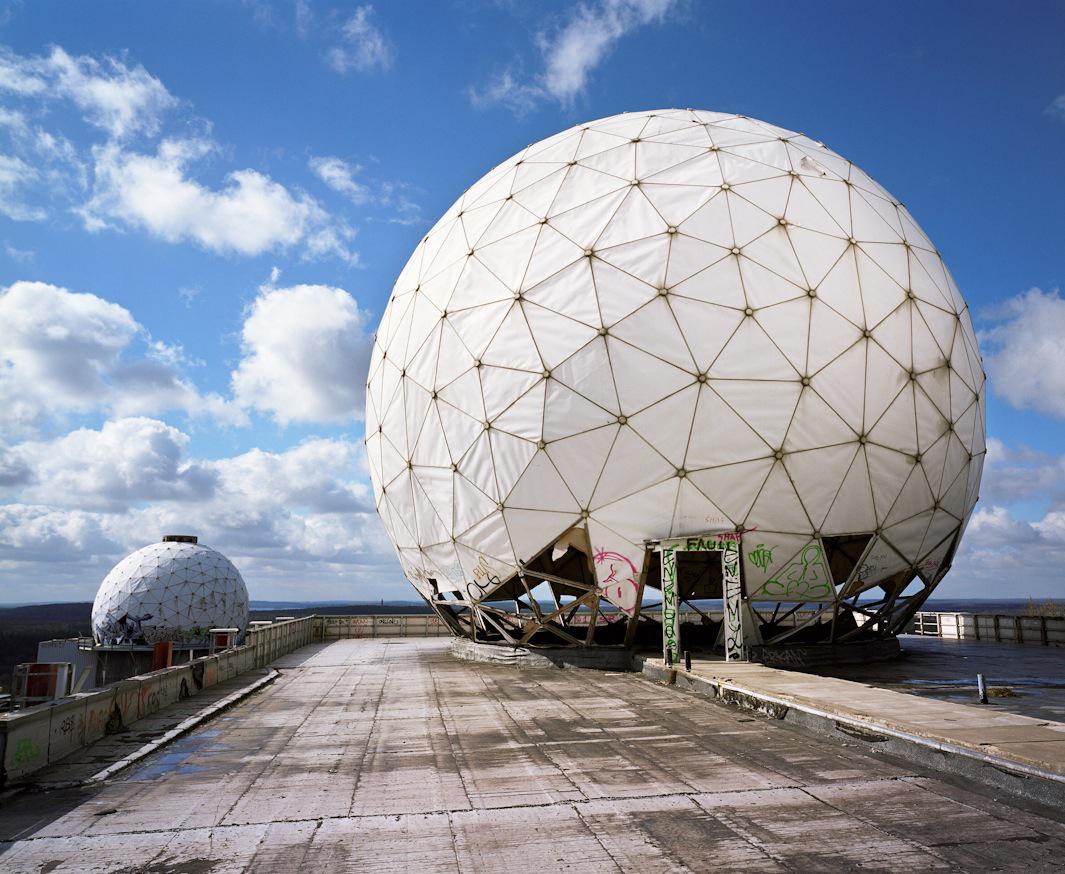
Martin Roemers, courtesy of Anastasia Photo
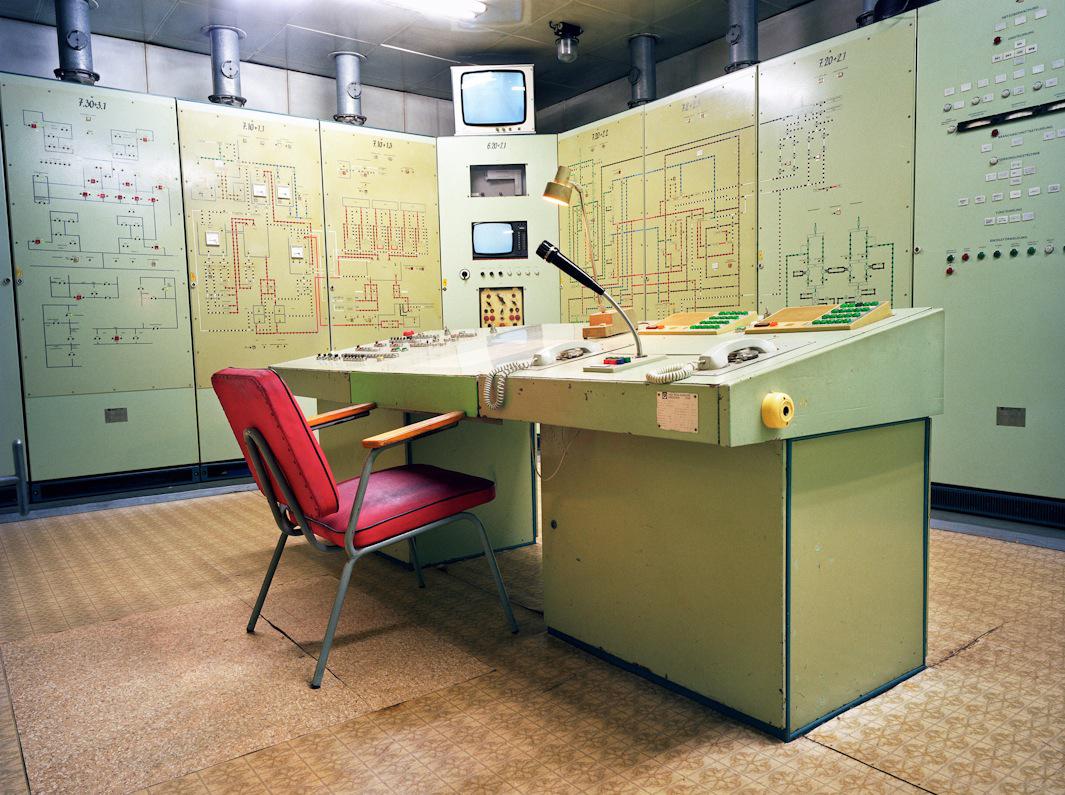
Martin Roemers, courtesy of Anastasia Photo
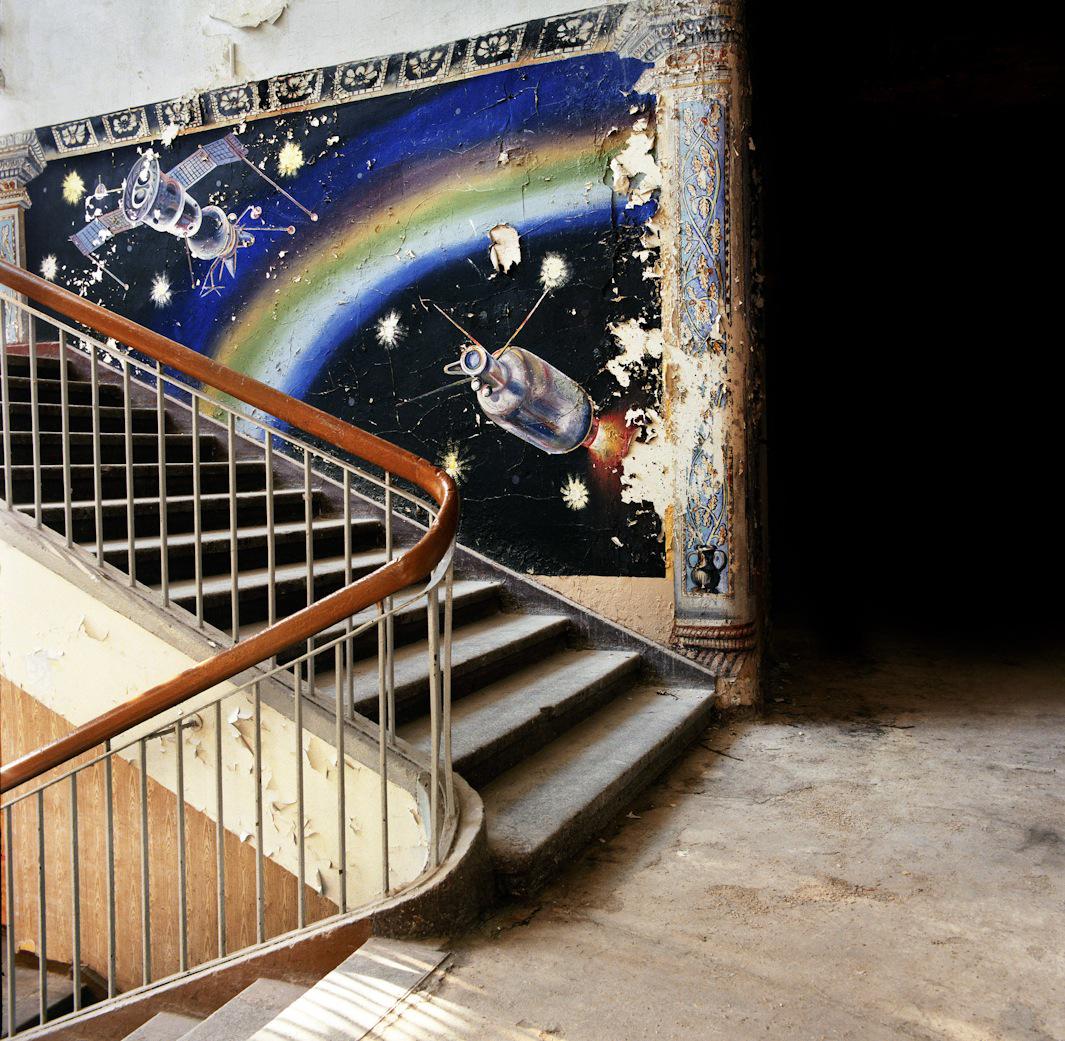
Martin Roemers, courtesy of Anastasia Photo
Correction, Aug. 12, 2014: The caption for the photograph Soviet Air Force Base #1, Germany originally stated that the mural showed a Soviet Soyuz and an American Apollo spacecraft. It is not clear what spacecrafts are displayed in the mural.
